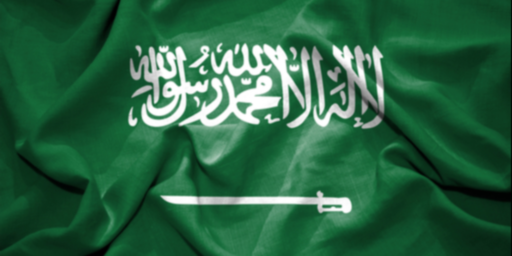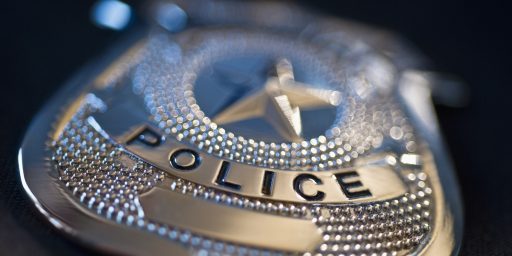NIGHT MOVES
From the latest StrategyPage update:
Some 65 kilometers north of Baghdad, a thousand U.S. troops and about 400 Iraqi police conducted a series of raids to round up rebels. American troops captured nine of the eleven rebel leaders being sought while Iraqi police picked up at least 16 men who had participated in attacks on Americans and Iraqis. Several weapons caches were also seized. These operations leave the Iraqis somewhat in awe of American military prowess. That’s because U.S. troops prefer to operate at night, where convoys of armored vehicles and trucks can move rapidly down roads with no lights on. The troops use their night vision goggles to see the road, but to any Iraqis, it’s just these dark shapes hurtling through the night. Even scarier is the precision with which the troops appear to operate. The vehicles surround a village or large compound and dozens of American troops dismount, each one quickly going about a specific task. No shouting (many troops use personal radios or hand signals), and no milling around. And no lights. If the people the troops are looking for try to escape out a back door, American troops swiftly cut them off and arrest them, or shoot them if there is resistance. It seems like magic to Iraqis who witness this. But it’s technology and training more than magic. The troops practice their raiding drills beforehand, and are briefed on the “game plan” before each operation. The commanders back at the base have access to live video from a UAV overhead (which is displayed on large, flat screen TV monitors), and Blue Force Tracker shows all commanders the position of all vehicles and helicopters at all times. Sometimes the Special Forces has the target under observation before the troops show up, as does a UAV overhead. There are also electronic intelligence troops listening in on any cell phone (or other radio) signals coming from the target location. Detective work tries to find out exactly who is in the buildings to be raided, and who is in charge. Interpreters or Arabic speaking G.I.s will then call for the senior Iraqi to let them know why the troops are there and to avoid any resistance. This is shock and awe.
Story telling is an old tradition in Iraq, and the stories of these raids get embellished. While Iraqis like to emphasize how these American barbarians searched women for weapons (leaving out that usually only a metal detector is used), the “magical” manner in which the troops come out of the darkness and grab exactly who, or what, they want, never fails to impress. It sounds like a fairy tale, but it’s real.
On a more practical level, U.S. troops are getting lots of training with the new electronic gear that has just been introduced during the last few years. The 4th Infantry division is actually the “test division” for a lot of this stuff and what this unit is doing in Iraq is something of a large scale field test, with real ammo. The troops have rapidly come up with new ways to use the equipment to protect themselves (by spotting ambushes and roadside bombs) and, of course, carrying out raids quickly and with few, if any, injuries to either side. This kind of “shock and awe” works. Iraqis tend to freeze during these rapid raids, and just let the Americans get it over with and leave.




Awesome! That is a good story. It is encouraging to hear things like that instead of all the “henny penny the sky is falling” (quoting rumsfield) stories on the news.
—